Category: Highcliff Nab
-
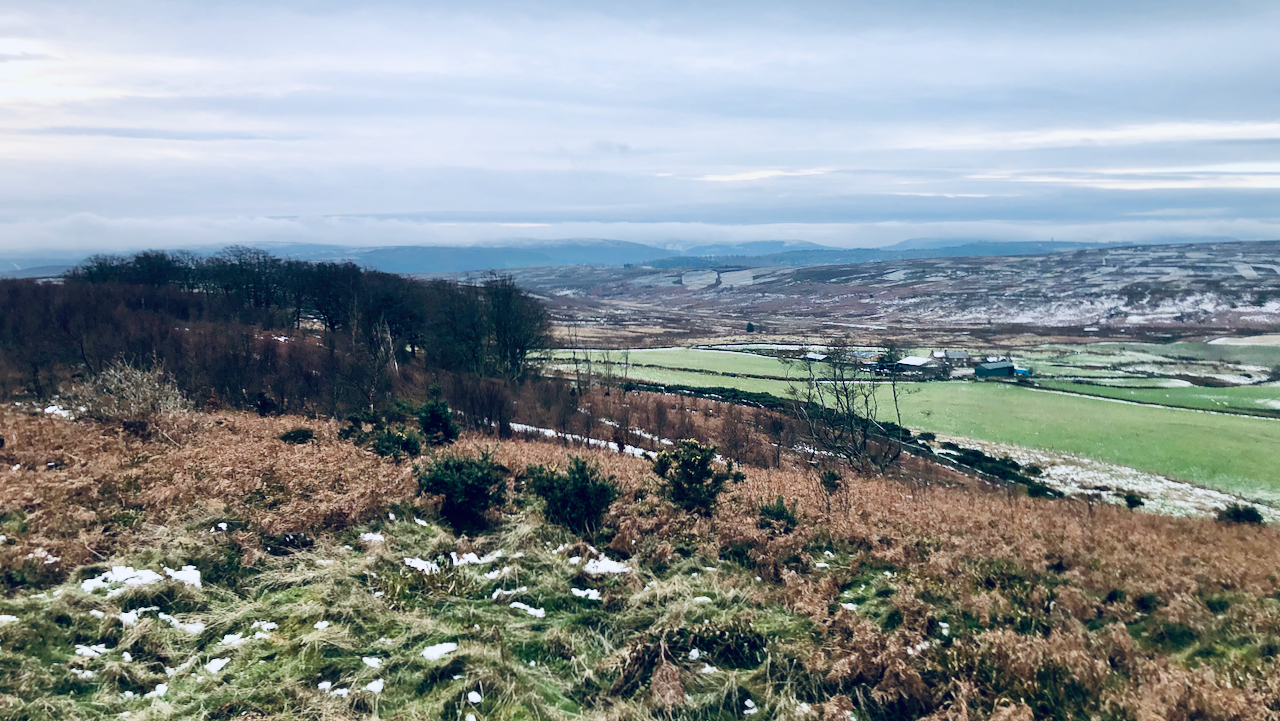
The natural temptation, when standing on Highcliffe Nab is to look north over Guisborough town …
… this view is south — towards Highcliffe Farm, Codhill Slack and Percy Cross Rigg. Highcliffe Farm is an exposed location, gaining no shelter from both northerly and southerly winds. In 1908, it was being farmed by Thomas Wedgewood. One day Wedgwood and a farm labourer were snaring rabbits on the hillside when he noticed…
-
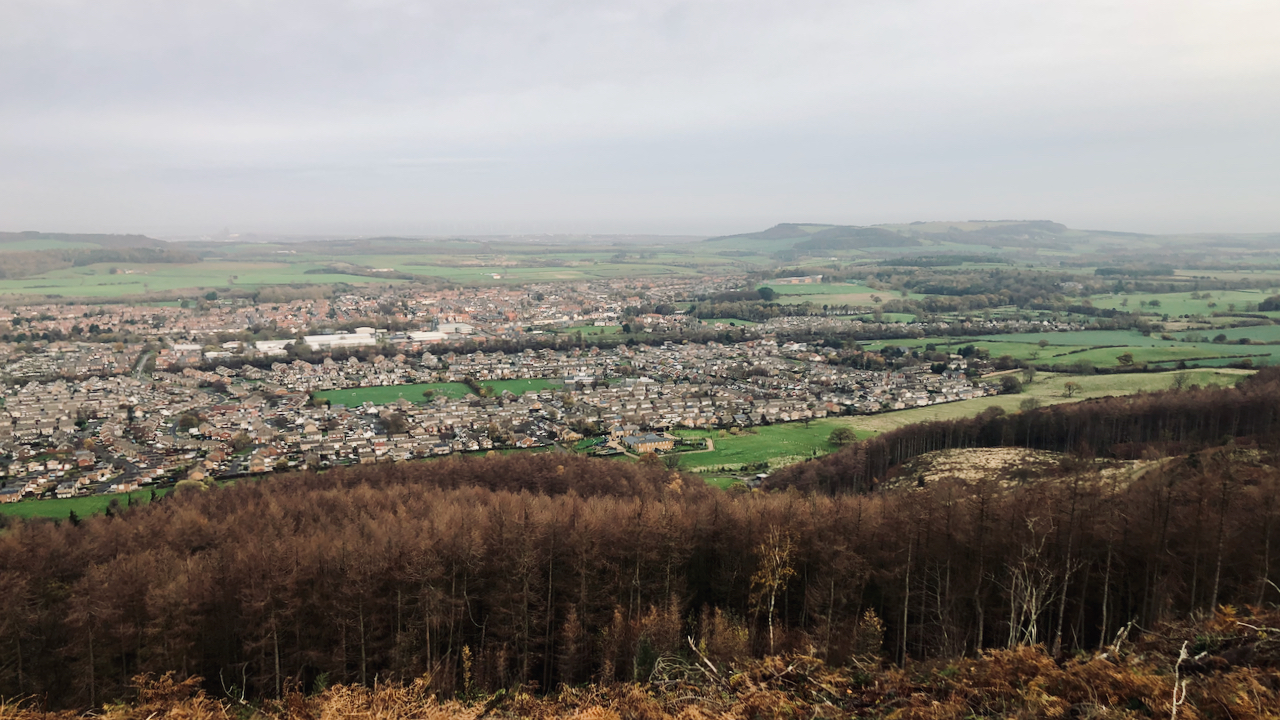
Guisborough Races, 1784: Asses, Mens’ sack race, Ladies, and a Soap-tail’d Pig
Guisborough, population around 17,000. At the turn of the 19th-century, in the 1801 census, it was a mere 1,719. This was the eve of the industrial revolution, nevertheless it was the largest town in the area, the focal point of trade, although the alum industry, once a major employer, was in decline. Another industry which…
-
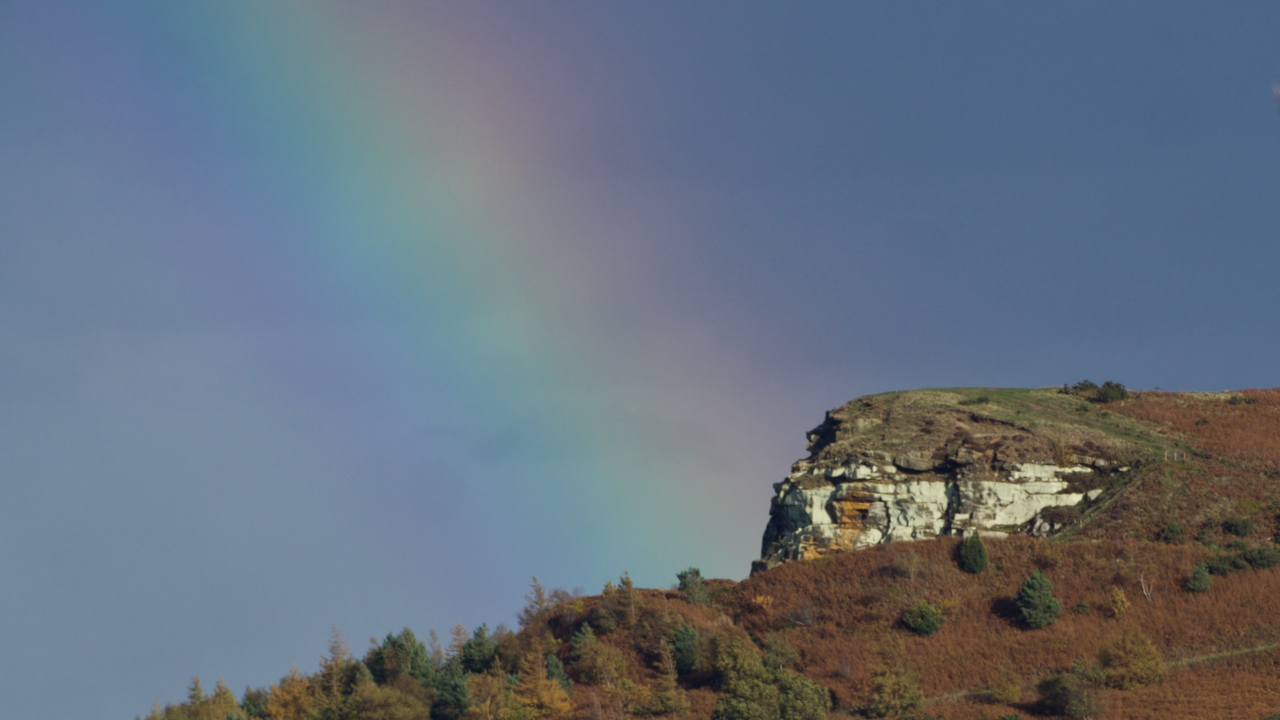
A Highcliffe dog
A ‘brynic‘ is some sort of sign in the sky foretelling some event. The end of a rainbow for instance might be a warning of a coming shower, if not a bad spell of weather. This rainbow, with its crock of gold at Highcliffe Nab, is not a complete one. A mere stump or ‘stob‘…
-
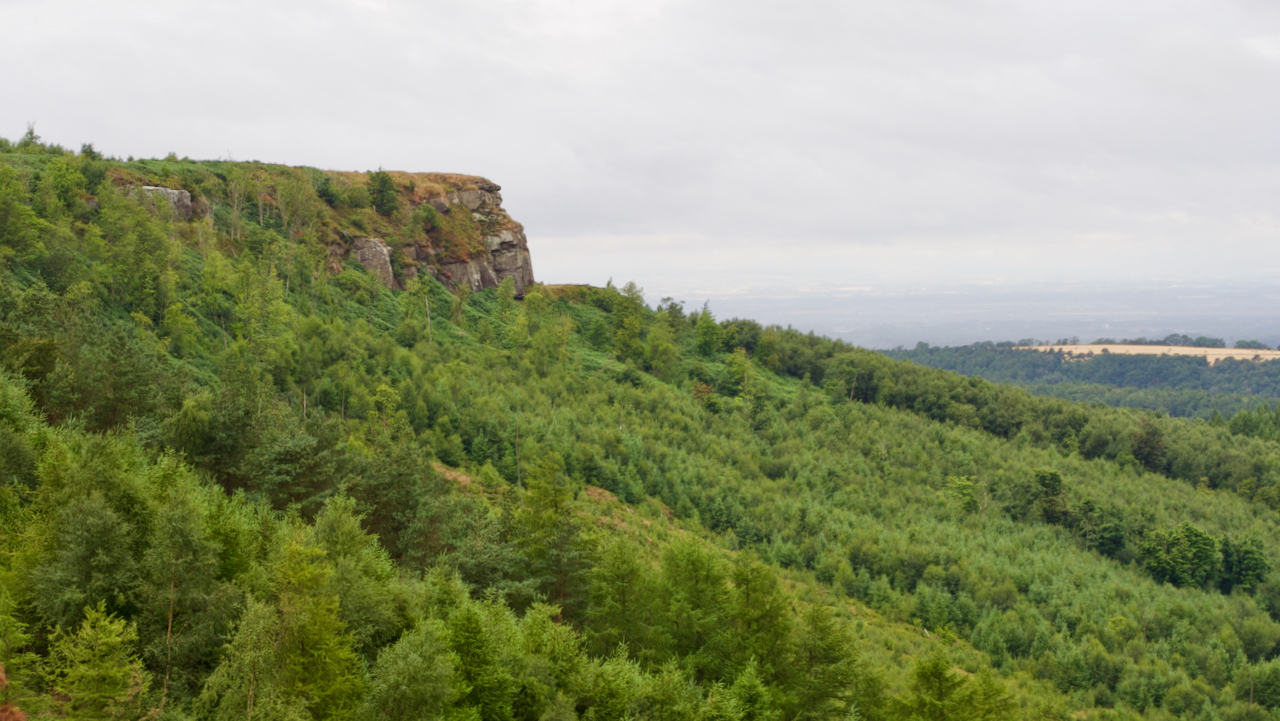
A 19th-century description of Highcliff Nab
Overhanging the romantic and picturesque vale of Gisborough, a bold prominent rock rears its reverend head, hoary with mosses and lichens, and rent into vast chasms by the storms and tempests of centuries. It is skirted to the north with rich plantations of fir and venerable forests of oak; towards the south it is surrounded…
-
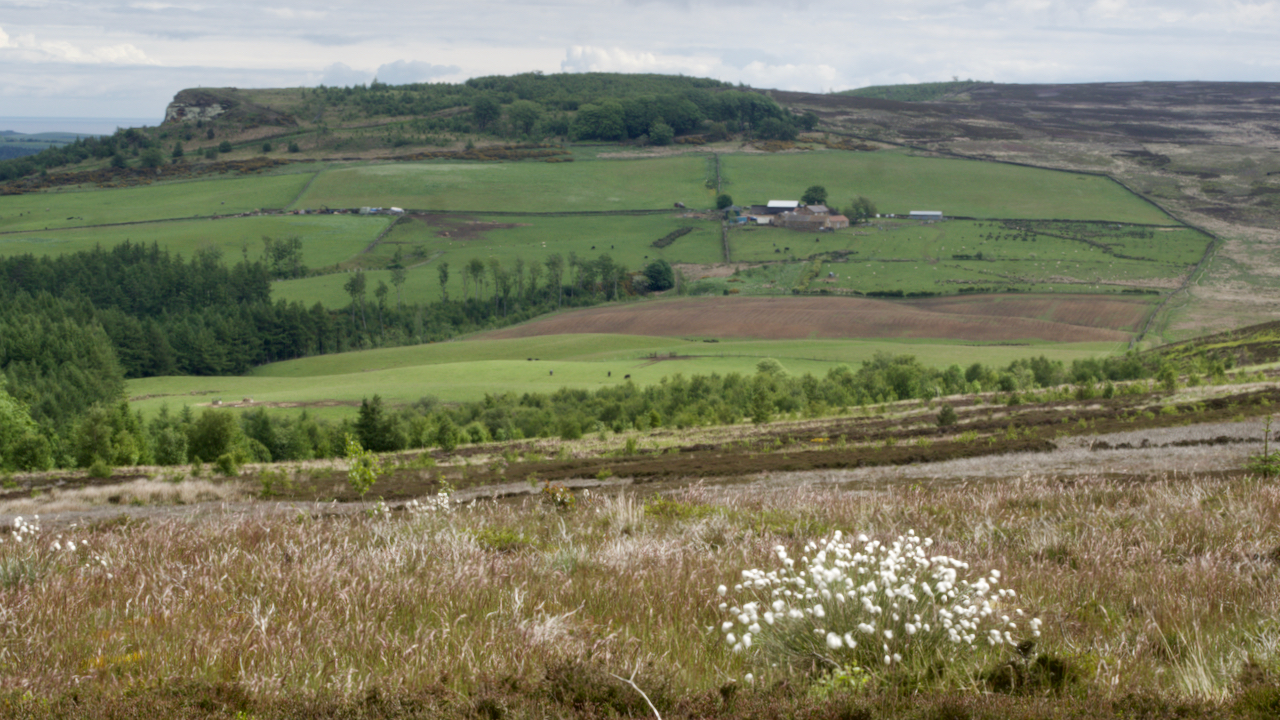
The Cleveland Way
Buy any Ordnance Survey 1:25,000 map nowadays and you’ll find it criss-crossed by lines of green diamonds — the symbol for a National Trail or Long Distance Path. In 1965, the first such trail was launched, The Pennine Way, and the second was our very own Cleveland Way, opened four years later on this day,…
-
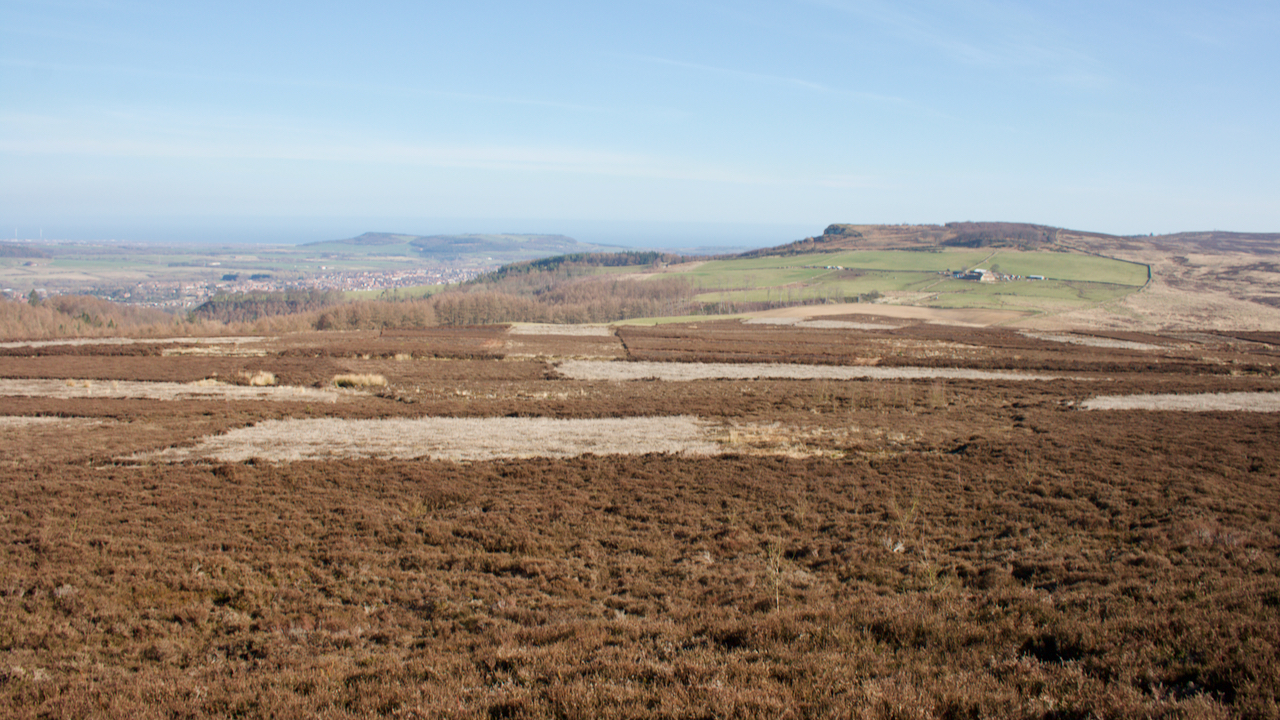
The House of Lords is “useless and dangerous to the people of England”
The House of Commons so declared on this day, 19th March, in 1649, when the House of Lords was abolished. In January of that year, Charles I had been executed and Oliver Cromwell, ‘Lord Protector‘ dominated the Government. The House of Lords was reduced to a largely redundant body having no powers and was abolished…
-
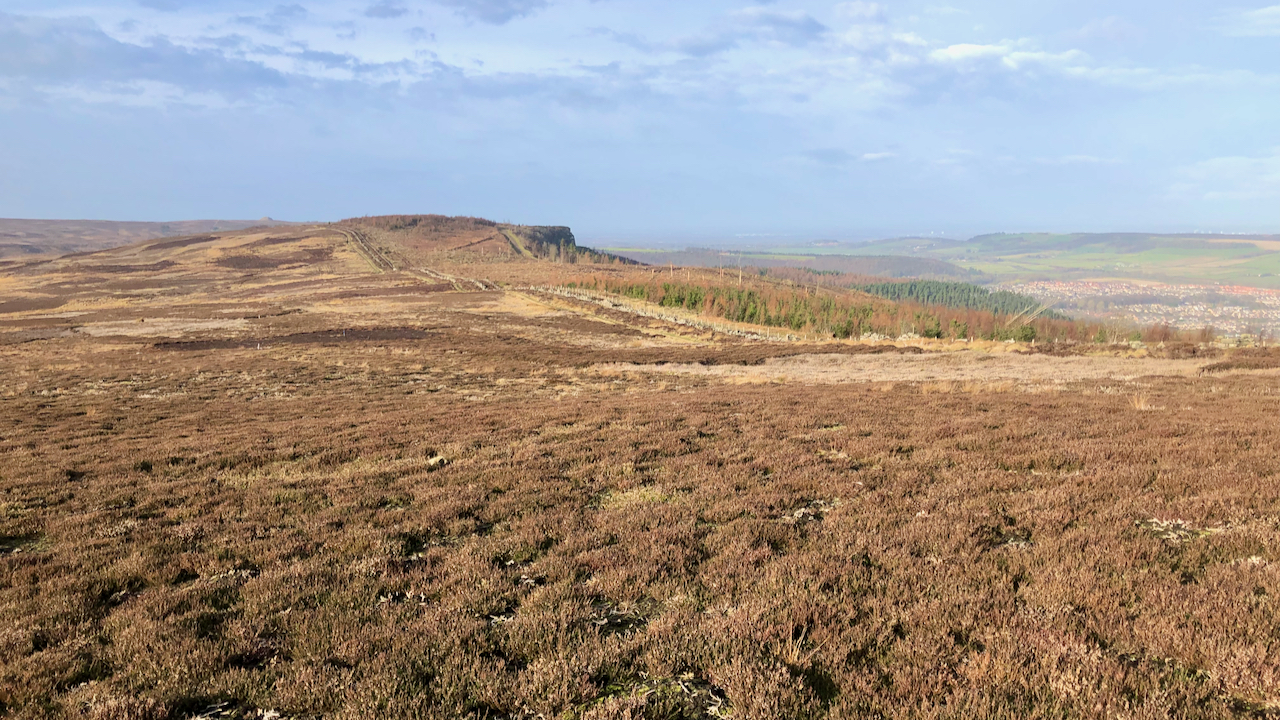
In search of an Iron Age “encampment” on Highcliffe Nab
I was intrigued by this view of Highcliffe Nab that has been opened by the felling in Guisborough Wood and particularly with what appears to be a distinct earthwork descending diagonally from the nab to the col of Highcliffe Gate. First thing when I got in was to have a look at the Lidar mapping,…
-
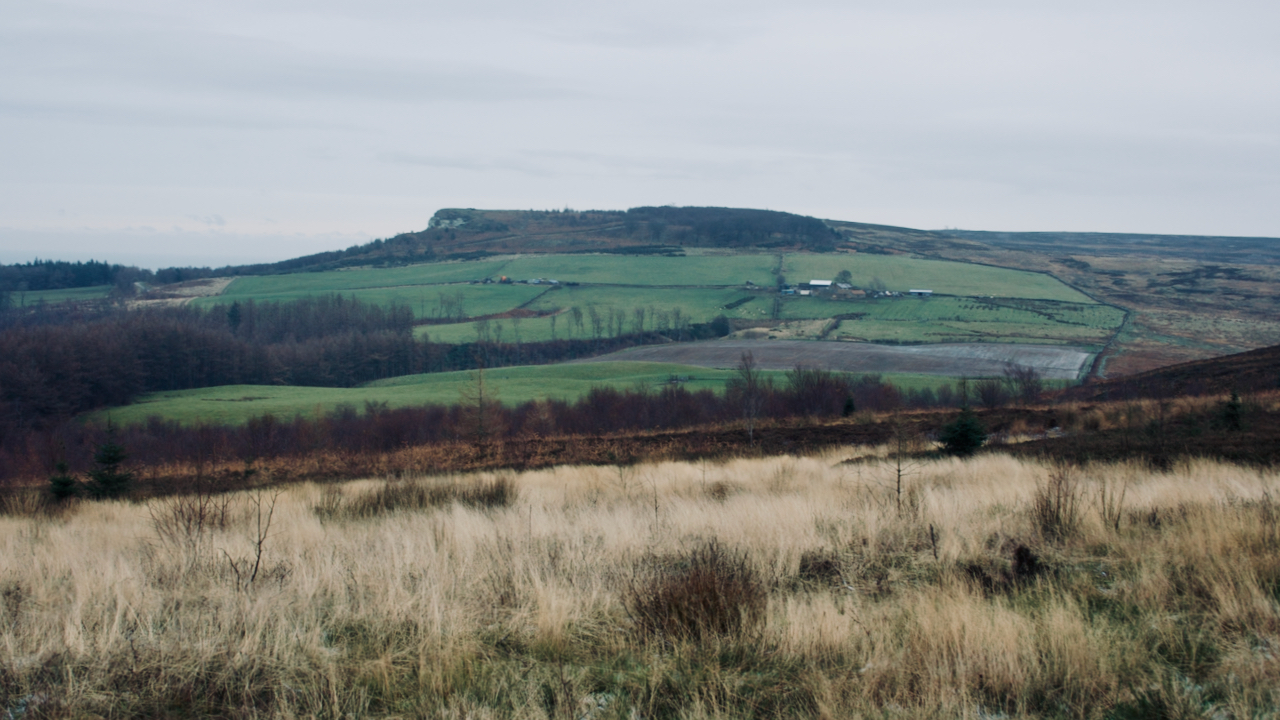
Codhill Farm and Bold Venture
It’s not the most obvious place to site a farm, on the col between Highcliff Nab and Great Ayton Moor. A col unsheltered from both northerly and southerly winds. The col was formed as a spillway to the south from lakes formed between the north-facing escarpment of the Cleveland Hills and the glacier flowing along…
-
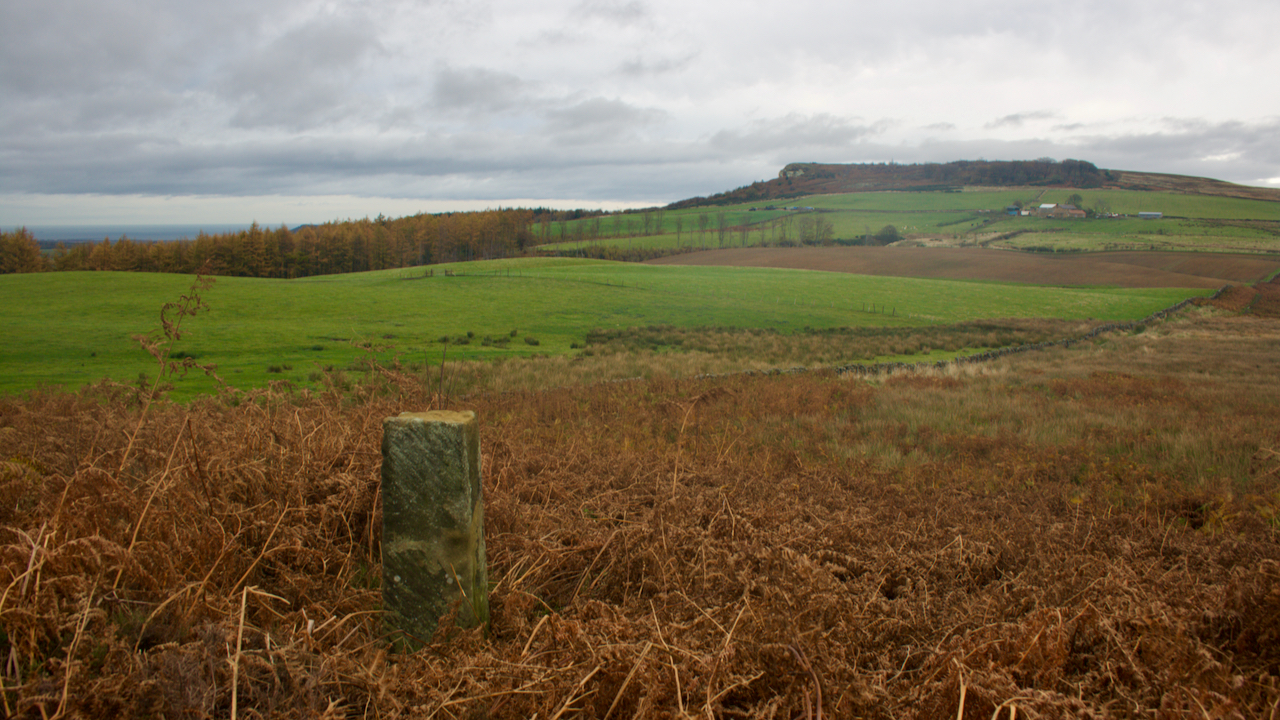
The day Guisborough led the nation
A view of Highcliff Nab across Bold Venture Gill. This boundary stone is one of a line of marking the former boundary of Guisborough and Hutton Lowcross boundary. It is inscribed ‘T.C. G. 1860’; standing for Thomas Chaloner and Guisborough. But it is his father, Robert Chaloner, I want to write about today. I have…
-
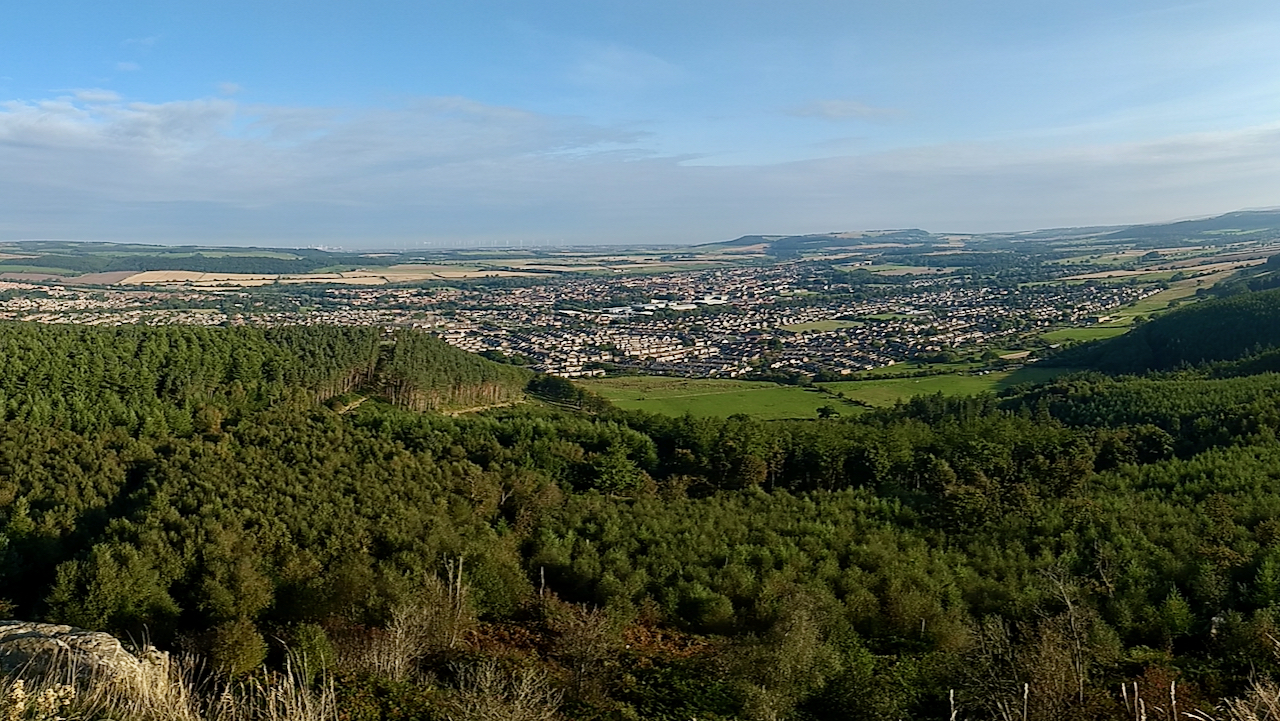
Mesolithic Guisborough
I often stand on a viewpoint and wonder what the landscape before me was like in times past. What did our ancestors, standing on this same spot see? More often, my imagination struggles to extend beyond the past century. A millennium past and it becomes hazy and obscure. Eight millennia, I can only reach in…